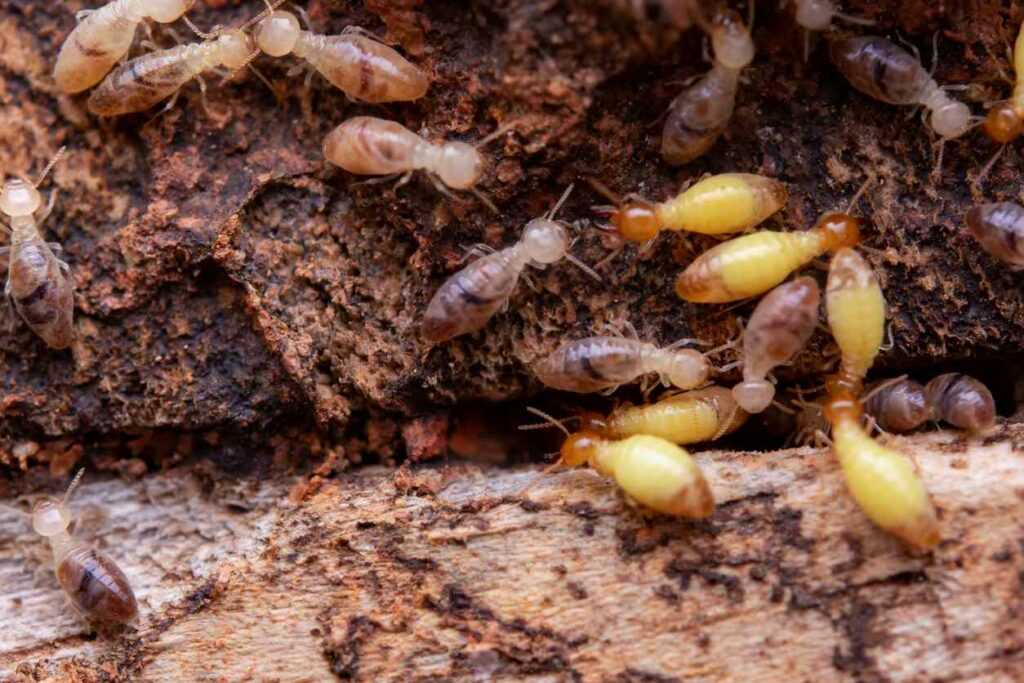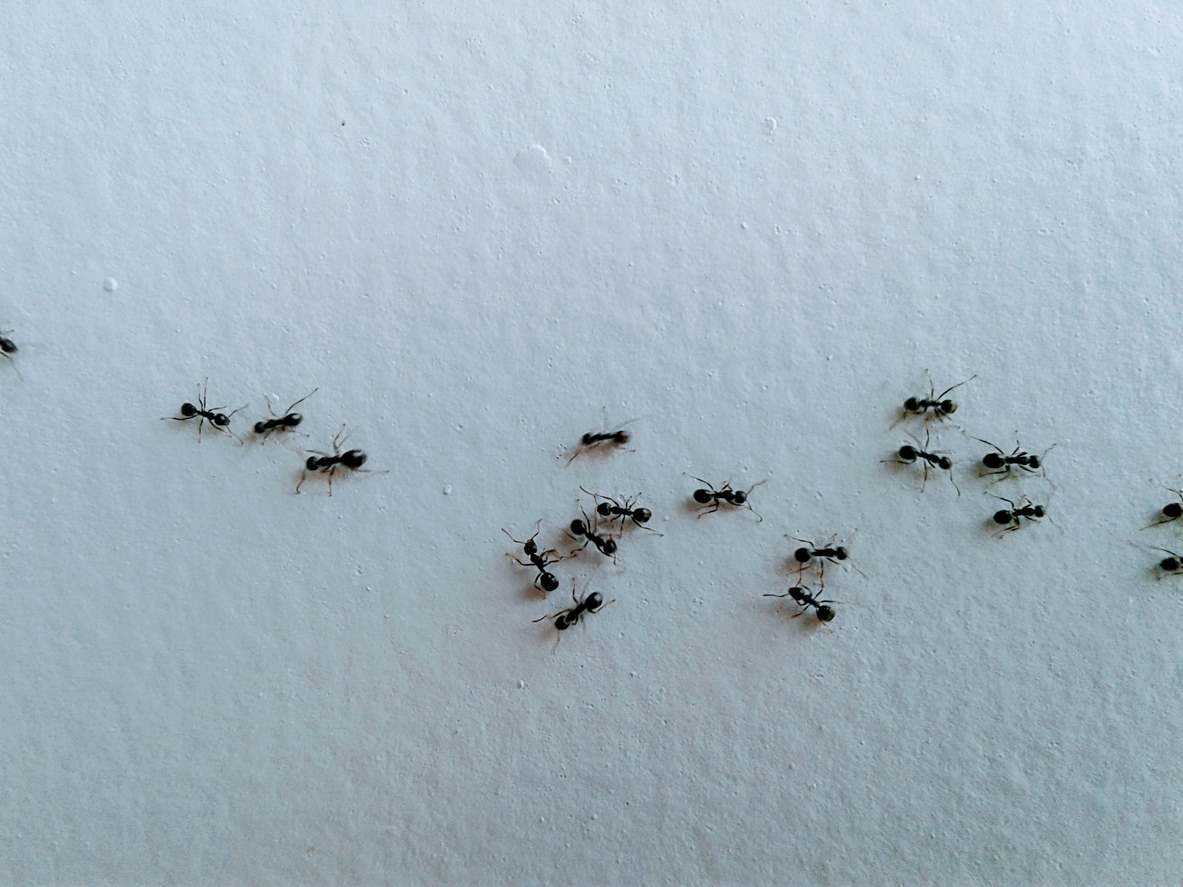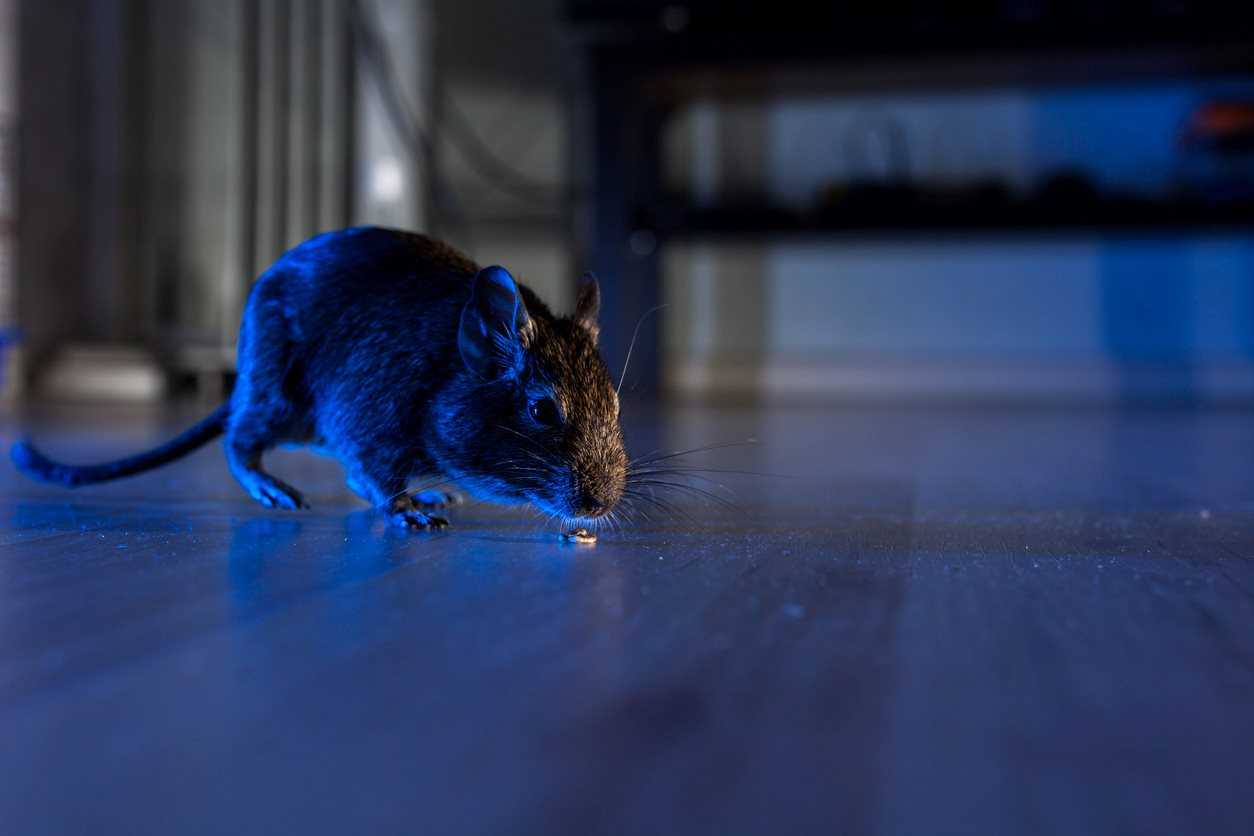Termites (Isoptera)
Treatments for this pest are included in these services:
- Residential Pest Control
- Commercial Pest Control
- Hotel & Hospitality
- Property Management
- Service Plan Options

Termites in Arizona
Tiny, resilient, and determined to feed on the wood in your home or business, termites are some of Arizona’s most destructive pests. From causing cosmetic damage to compromising the structural integrity of your building, termites cause a range of issues for residents and homeowners alike in the Grand Canyon State.
Without the trained eye of a pest control expert, it’s difficult to spot termites until the damage is already done. Rather than sit and wonder if your home or business is under attack, take charge and bring in Responsible Pest & Scorpion Control’s termite specialists. Our mission is to eliminate termites with our effective residential and commercial treatments.
Learn more about the types of termites ready to invade your space, or request an inspection from Responsible Pest & Scorpion Control today!
Types of Termites in Arizona
No matter what kind of termite finds its way into your home or business, it’s crucial to bring in termite specialists as soon as you suspect you have an infestation. The longer termites remain in your living space or workplace untreated, the more severe their damage will be.
Though there are nearly 20 species of termites found in Arizona, there are only three that present a serious risk to residents and business owners: dampwood termites, drywood termites, and subterranean termites.
Can’t figure out what kind of termite has infested your property? Contact Responsible Pest & Scorpion Control and schedule an inspection today.
Subterranean Termite
Subterranean termites are the biggest threat to Arizona homes and businesses. Unlike drywood termites, they build their colonies underground, making them nearly impossible to find without professional help. In addition to woody plants, subterranean termites often target the wood, stucco, insulation, and even carpet in buildings. You can identify the workers of a subterranean termite colony by their light-yellow, almost translucent bodies. Soldier termites are also yellow but with large and dark-yellow heads.
Drywood Termite
The drywood termite is one of the most resilient types of termites. In contrast to dampwood and subterranean termites, which require nearby water sources of damp soil, drywood termites can survive solely on moisture in the wood they eat. Their coloring varies, but they are typically light brown, dark brown, or yellowish-brown.
Drywood termites mainly target the softwood in Arizona residences and businesses. They’re easier to spot than their subterranean cousins, often gathering around windowsills and doorways.
Dampwood Termite
Due to their preference for moist areas, dampwood termites are not as large of a problem for Arizona homes and businesses as drywood and subterranean termites are. Ranging from light to dark brown in color, dampwood termites target the moist roots of citrus trees, desert shrubs, and other vegetation.
Terminate Termites with Responsible Termite Control
At Responsible Pest & Scorpion Control, we understand how important the well-being of your home or business is to you. That’s why we’re proud to offer our Integrated Pest Management (IPM) measures to completely eliminate termites. Once you schedule an appointment with our termite specialists, they’ll inspect your property for termites and create an effective, customized treatment plan. We’ll even re-treat your space, free of charge, if termites return after our services.
Trust us to take care of your termite infestation—schedule an inspection today!


